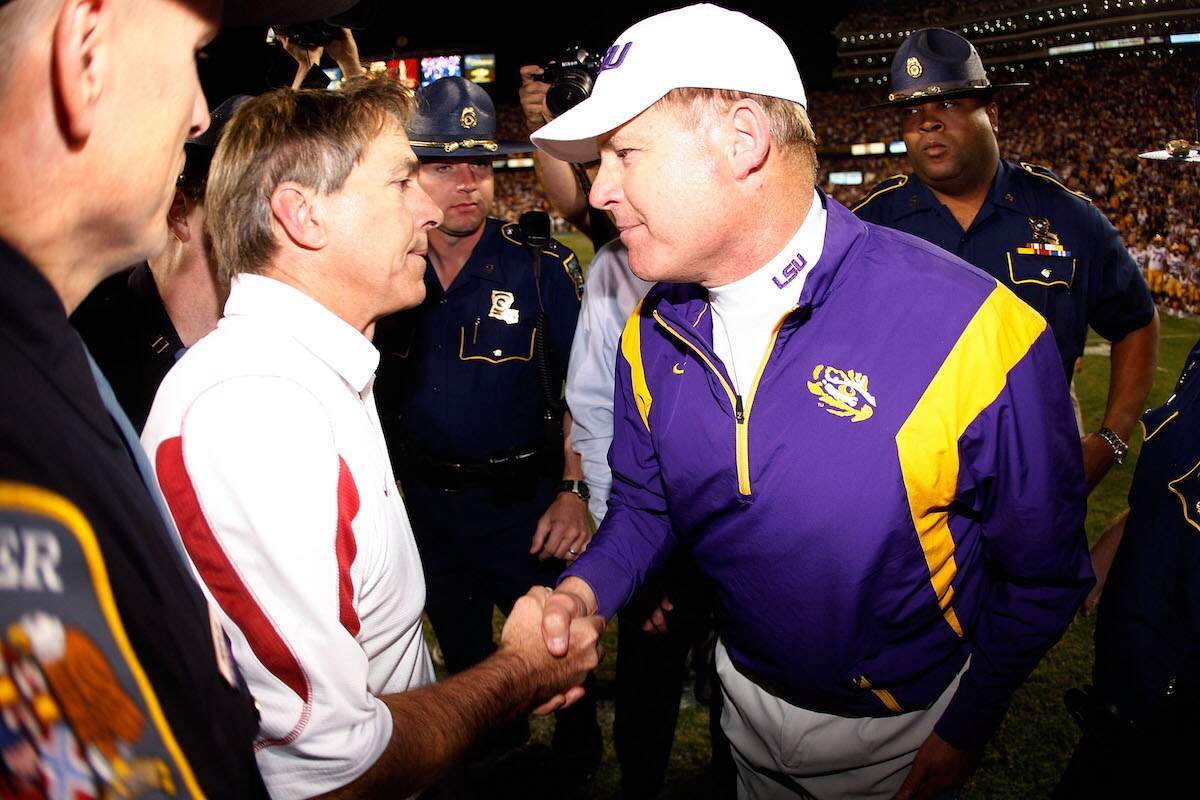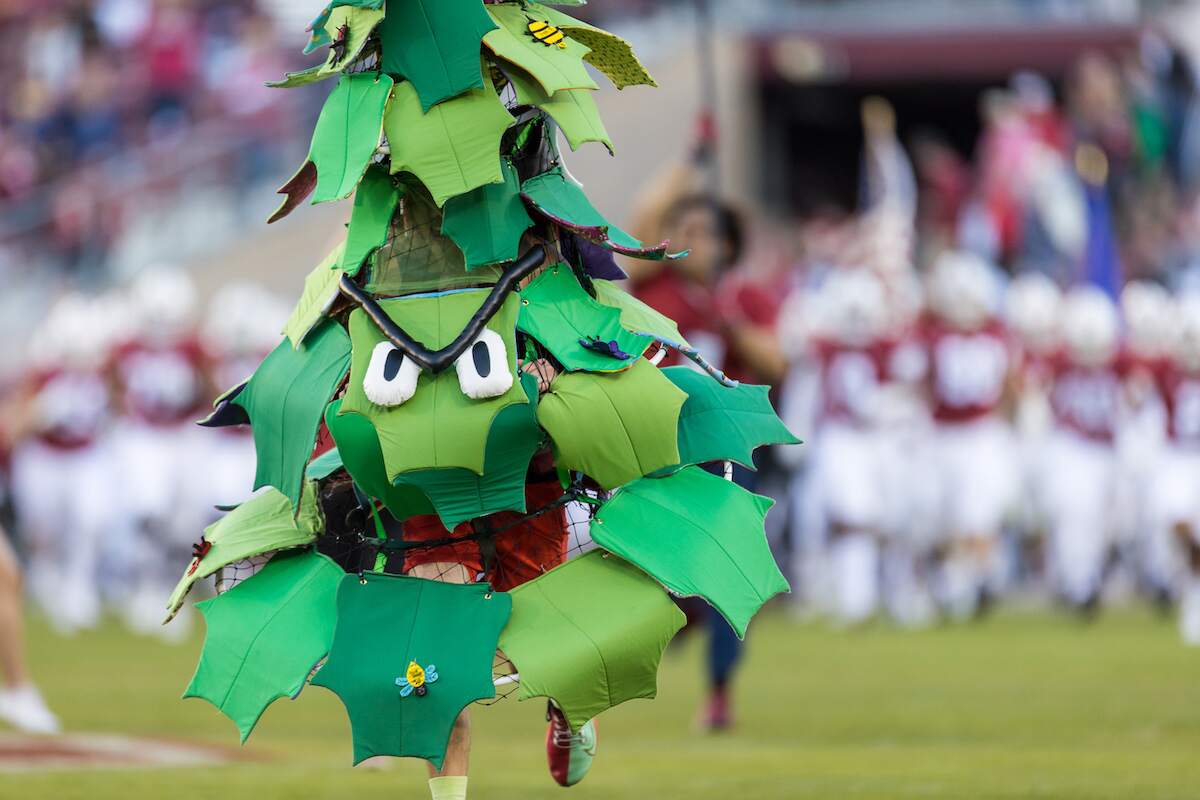
30 Years Later, the Hank Gathers Story is Still Heartbreaking
Even 30 years after his untimely death, the story of Hank Gathers remains one of the most heartbreaking stories in sports history.
The 1989-1990 season was shaping up to be a dream season for Hank Gathers, Bo Kimble, and the Loyola Marymount Lions. Under the direction of former Los Angeles Lakers head coach Paul Westhead, the Lions broke scoring records left and right with their fast-paced style of play, averaging more than 122 points per game.
Gathers came into his senior season as one of the frontrunners for National Player of the Year. Tragically, the Philadelphia native would never see the end of the season.
Hank Gathers led the nation in scoring and rebounding
After transferring to Loyola Marymount following his freshman year at the University of Southern California, Hank Gathers became a scoring and rebounding machine for Paul Westhead’s Lions. A 6’7″ forward, Gathers was smart in the way he scored, not often taking shots outside 12 to 15 feet. In three years at Loyola, Gathers attempted just two three-point shots.
In his sophomore year, Gathers averaged 22.5 points and 8.7 rebounds. He stepped things up exponentially his junior year, leading the country in scoring and rebounding with 32.7 points and 13.7 boards per game. He was just the second player in NCAA history to lead the nation in both categories in the same season, the first being Xavier McDaniel in 1984-1985.
Gathers chose against leaving for the NBA, opting to play his senior season with Loyola.
Gathers collapses on the court for the first time
Just over a month into the 1989-1990 season, Hank Gathers collapsed on the court on December 9, 1989, in a game against UC-Santa Barbara. He was diagnosed with an abnormal heartbeat and was prescribed Inderal, a beta-blocker, to help control his condition. He missed three weeks of action.
Gathers did return to the court but struggled a bit in the beginning. With the beta-blocker sapping his strength, he reportedly reduced his intake and once again excelled. In 20 games following his return, Gathers averaged just over 29 points in just over 29 minutes per game, including a big game on national television against Shaquille O’Neal and the LSU Tigers, in which he scored 48 points and pulled down 13 rebounds.
Hank Gathers collapses for a second time and tragically passes away
The Lions were the clear favorite to win the WCC Tournament in 1990. Gathers and Co. suited up on March 9 for a semifinal game against the Portland Pilots, a game that would never be finished.
13 seconds after slamming home an alley-oop pass from Terrell Lowery to put Loyola Marymount ahead by 12, 25-13, Hank Gathers fell to the floor once again. Only this time, he would never get up. He attempted to sit up but collapsed once again and stopped breathing shortly after. He was stretchered off the court and it was later determined to have died from hypertrophic cardiomyopathy. Gathers was 23.
The remainder of the WCC Tournament was canceled and the Lions were rewarded an automatic bid to the NCAA Tournament based on their regular-season title. In one of the most amazing runs in tournament history, 11th-seeded Loyola got all the way to the Elite Eight without Gathers, beating New Mexico State, defending champion Michigan, and Alabama before losing to eventual champion UNLV. Teammate and friend Bo Kimble honored Gathers by shooting the first free throw of every game left-handed, the same way Gathers had even though he was a right-handed player.
To this day, Hank Gathers remains as one of the top 25 scorers in NCAA history with 2,723 career points.
Gathers was honored recently with a statue
Hank Gathers’ No. 44 jersey, along with Bo Kimble’s No. 30, was retired by Loyola Marymount in 2000 and the entire 1989-1990 team was inducted into the Lions’ Hall of Fame in 2005.
To honor Hank Gathers on the 30th anniversary of his untimely passing, Loyola unveiled a statue outside Gersten Pavilion on February 29. The statue was created by Rotblatt-Armany, the same studio that has designed multiple statues outside the Staples Center in Los Angeles and the Michael Jordan statue that resides outside the United Center in Chicago.
Hank Gathers’ story remains one of the biggest “what if” stories in the history of sports.



